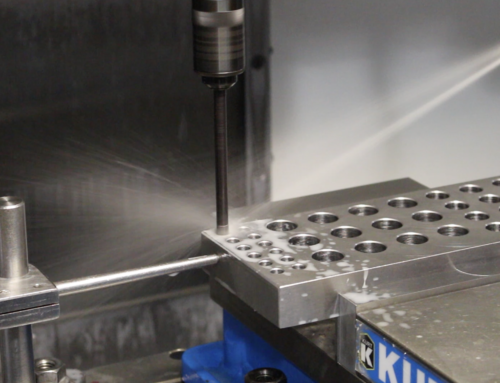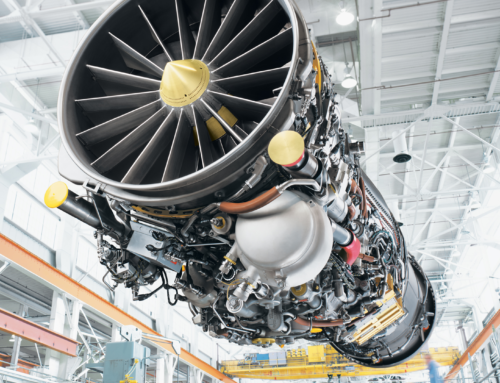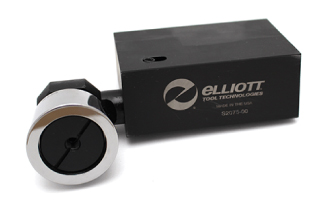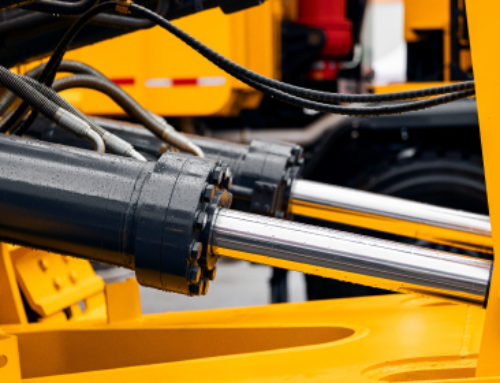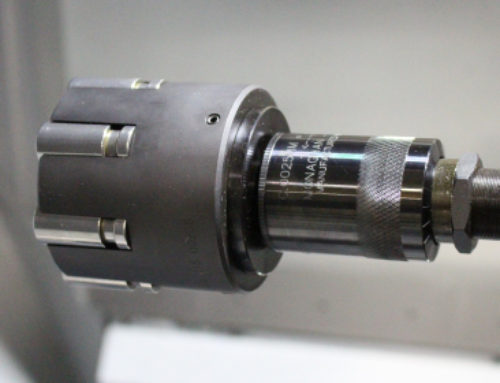Choosing the Right Tool for the Job:
OD Carbide Roll vs. OD Multi-Roll Burnishing
When it comes to achieving a smooth, work-hardened finish on the exterior of a part, manufacturers have several tooling options. Two prominent choices are the OD carbide roll burnishing tool and the OD multi-roll tool, each with distinct advantages and ideal applications. Understanding these differences is key to optimizing your process for efficiency, precision, and cost-effectiveness.
OD Multi-Roll Tools: Speed and Precision for Specific Applications
OD multi-roll tools are characterized by their ability to deploy multiple rolls simultaneously to work on a specific area of the part. This design inherently offers a faster cycle time due to the distributed workload.
Key Advantages of OD Multi-Roll Tools:
- Exceptional Precision and Tight Tolerances:These tools are typically adjusted to the desired finished size before being run, making them ideal for applications where extremely tight tolerances are required. The pre-set nature ensures consistent results.
- Reduced Deformation on Small or Thin Parts:For parts with smaller diameters (around 1/2 inch or less) or thinner walls, multi-roll tools are particularly effective. The balanced pressure exerted by multiple rolls helps to prevent material deformation, which can be a significant concern with other tooling methods.
- Faster Cycle Times:As multiple rolls work concurrently, the overall time required to burnish a specific area is reduced, leading to increased throughput.
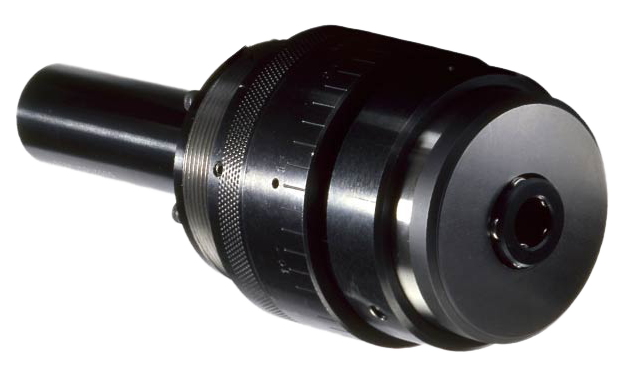
Considerations and Limitations of OD Multi-Roll Tools:
- Limited Burnishing Length:A notable disadvantage is that multi-roll tools can only burnish a set part length, and there’s a restriction on how long the rolls can extend. Consequently, they are generally used to finish the end of a part rather than the entire surface.
- Specialized and More Expensive:Due to their custom and specialized nature, multi-roll tools tend to be more expensive upfront. This investment is typically justified when high-volume production of specific, tightly tolerance parts is required.
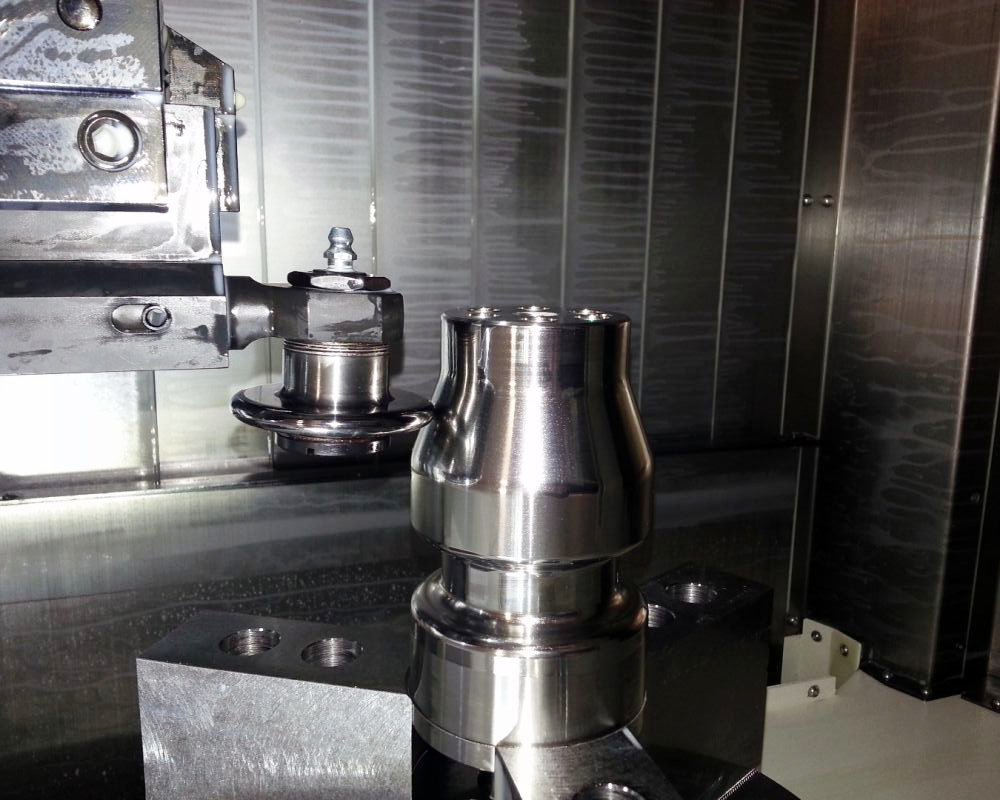
OD Carbide Roll Burnishing Tools: Versatility and Durability for Diverse Applications
In contrast, the single-point OD carbide roll burnishing tool offers a high degree of versatility and adaptability, making it a popular choice for a broader range of applications.
Key Advantages of OD Carbide Roll Burnishing Tools:
• Exceptional Versatility and Adaptability: This tool is designed to follow the path of the machined surface, allowing it to accommodate different part lengths and geometries. It’s not limited by a specific size or part design.
• Ideal for Longer or Larger Parts: The single-point nature makes it well-suited for burnishing the entire surface of longer or larger parts, where the limited reach of multi-roll tools would be a hindrance.
• Broad Application Across Product Lines: Since it’s not custom-designed for a specific part, a single carbide roll tool can be used across different product lines. This reduces the need to purchase and set up multiple specialized tools, offering significant cost savings in the long run.
• Durability and Extended Life: The carbide roll is exceptionally durable and can be reground after extensive use. This ability to be reconditioned extends the tool’s lifespan significantly, offering additional value before a new replacement is required.
Making the Right Choice: A Comparative Summary
| Feature | Multi-Roll | Carbide Roll |
|---|---|---|
| Cycle Time | Faster for specific areas | Slower for specific areas, but adaptable to length |
| Tolerance Holding | Excellent for tight tolerances (pre-set) | Good, follows finished surface |
| Part Size/Thickness | Ideal for smaller diameter parts (~1/2″ or less) | Excellent for complex geometries |
| Burnishing Length | Limited, best for ends of parts | Accommodates different part lengths |
| Versatility | Specialized, custom, limited to specific parts | Highly versatile, usable across product lines |
| Cost | Generally more expensive (custom) | Lower upfront cost, good long-term value |
| Durability | Varies by design, rolls can be replaced as needed | Highly durable, can be reground for extended life |
In conclusion, the decision between an OD carbide roll burnishing tool and an OD multi-roll tool hinges on your specific manufacturing needs:
• Choose an OD multi-roll tool if: You require extremely tight tolerances, prioritize the fastest possible cycle time for a specific, limited burnishing area (e.g., the end of a shaft), and have high-volume production justifying the specialized investment.
• Opt for an OD carbide roll tool if: You need a versatile solution for a variety of part sizes and lengths, desire the flexibility to use one tool across multiple product lines, or require a durable tool that offers extended life through reconditioning.
By carefully evaluating these factors, you can select the burnishing tool that best optimizes your production process for efficiency, quality, and cost-effectiveness.

